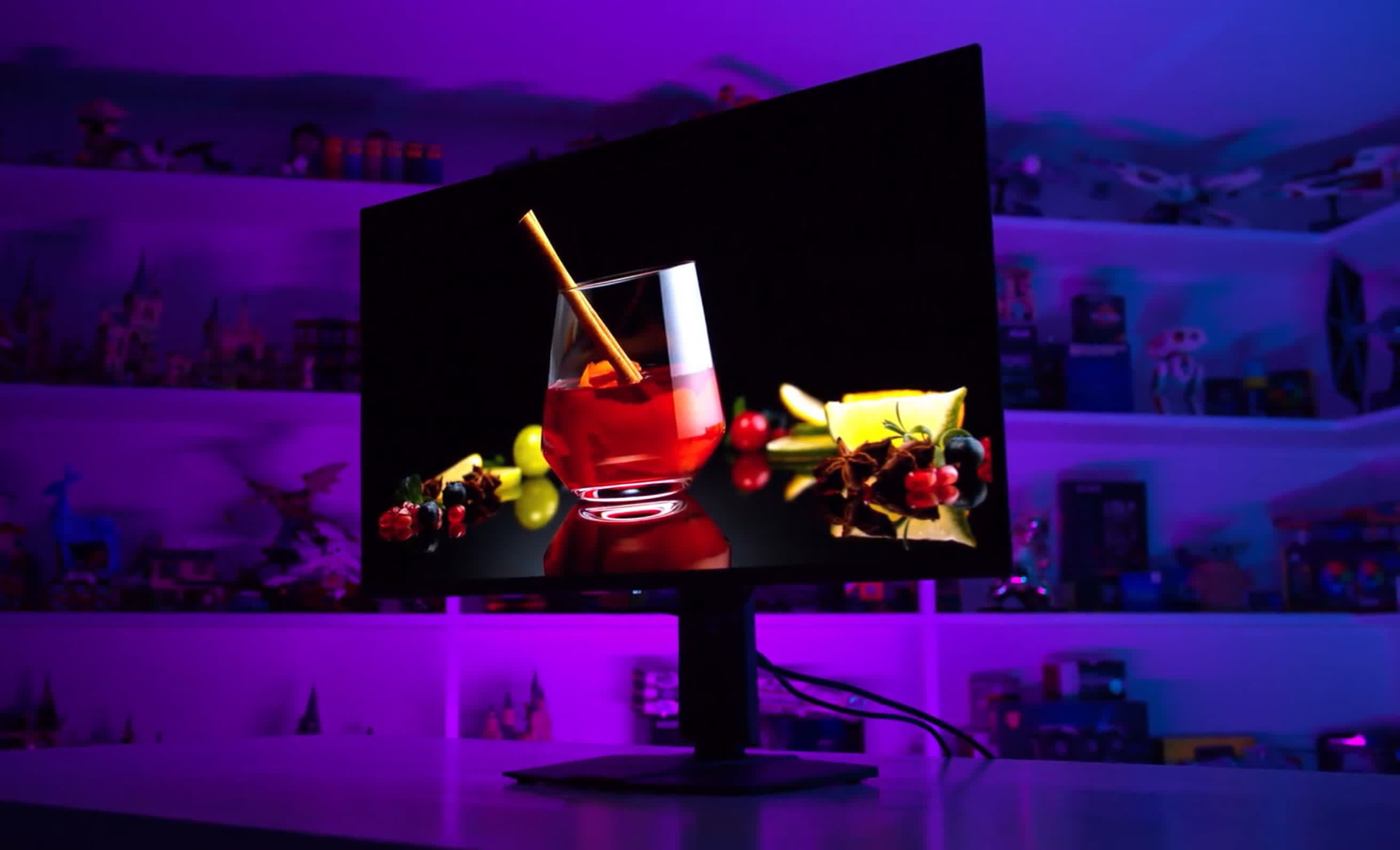The OLED Burn
We've been using the MSI MPG 321URX QD-OLED exclusively as a productivity monitor for the last six months,关键字3 and it's time to check in to see how the panel is holding up in terms of burn-in. Not much has changed in how we've been using this monitor – we've really been pushing it with a worst-case usage scenario for OLED – but there have been a few changes compared to the last time we checked for burn-in. If you missed the last two updates, we recommend going back and checking out at least the initial article to get an idea of the setup we're using and why we've chosen MSI's 4K 240Hz QD-OLED gaming monitor as our workstation display. Essentially, the idea here is to perform a real-world test of OLED longevity in the worst possible configuration, effectively burning in the display on purpose. We swapped a 32-inch 4K IPS LCD for this new QD-OLED and changed nothing else about the setup – no dark mode, no screensavers, or anything like that – to see if OLED monitors can truly be used as LCD-equivalent productivity displays long-term. I use my monitor more than 8 hours a day, sometimes continuously, with no breaks for the display to turn off and rest. This leads to hours upon hours of static usage in applications like web browsers, Microsoft Office (including Excel), and production tasks like Adobe Premiere and Photoshop. With virtually no content consumption and zero gaming in our daily use of this display, this is not how we recommend usingan OLED at all, though it's a use case that has been perfectly fine for LCDs for a long time. After one month of usage, the MSI 321URX showed no signs of burn-in at all, which was expected. At that point, we'd used the monitor for about 200 to 250 hours. After three months, we started to see faint signs of burn-in, and by that time, we'd used the display for approximately 650 to 750 hours with 71 panel compensation cycles. Six months into this experiment, we estimate the usage to be between 1,200 and 1,500 hours, and the monitor indicates that it has run 141 compensation cycles. This aligns with what we reported previously – about double the usage and about double the compensation cycles. We're still seeing around 9 to 10 hours of usage at 200 nits of brightness per compensation cycle. As we mentioned in the last update, the recommended rate for panel protection cycles is every four hours, so in our typical usage, it's running less than half as often as is ideal. However, this is a totally realistic scenario for someone using this display for full-time work, especially if you don't put the monitor to sleep during breaks. We've set the display to sleep after two hours, which is far longer than we would recommend for general OLED use, but it's the same setting we used for our LCD.

-
上一篇
-
下一篇
- 最近发表
- 随机阅读
-
- 营销策划集合[10篇]
- 张四新:无偿献血让生命更有意义
- 18岁女乒天才被誉下个李晓霞 曾横扫平野打哭日本一姐
- 我科学家揭示7亿年来地球自转阶梯式减速过程
- โฆษก ทบ.แจงกรณีทหารกัมพูชาหันปืนใหญ่เข้ามาฝั่งไทย ชี้ได้ปรับกำลังให้เหมาะสมกับสถานการณ์
- Bão Wutip suy yếu thành áp thấp nhiệt đới
- NASA reveals how spacecraft will land on tantalizing ocean world
- 幼儿园中班经典童话故事(精选19篇)
- DSI รวบหัวหน้าแอดมินเว็บพนันเครือข่ายแม่มนต์ฝากขังศาลอาญา ค้านประกันตัว
- 武侠视频:开局盘点十大修仙武学
- 5岁儿童睡前童话小故事(21篇)
- South America proposes unique 64
- 网购月饼被快递偷吃 管理落后频现内鬼
- [新浪彩票]足彩25086期冷热指数:荷兰实力取胜
- Vô lý khi doanh nghiệp phải nộp tiền đất bổ sung
- 渔民:发家从举报罪犯开始
- 野蛮人IP进化史:从像素风到如今的蜕变
- NASA lost its Mars helicopter. Now it's looking into a Martian plane.
- 黑色信标属性增幅作用介绍说明
- 汤姆猫英雄跑酷获取钻石途径一览 汤姆猫英雄跑酷怎么获取钻石
- 搜索
-
- 友情链接
-